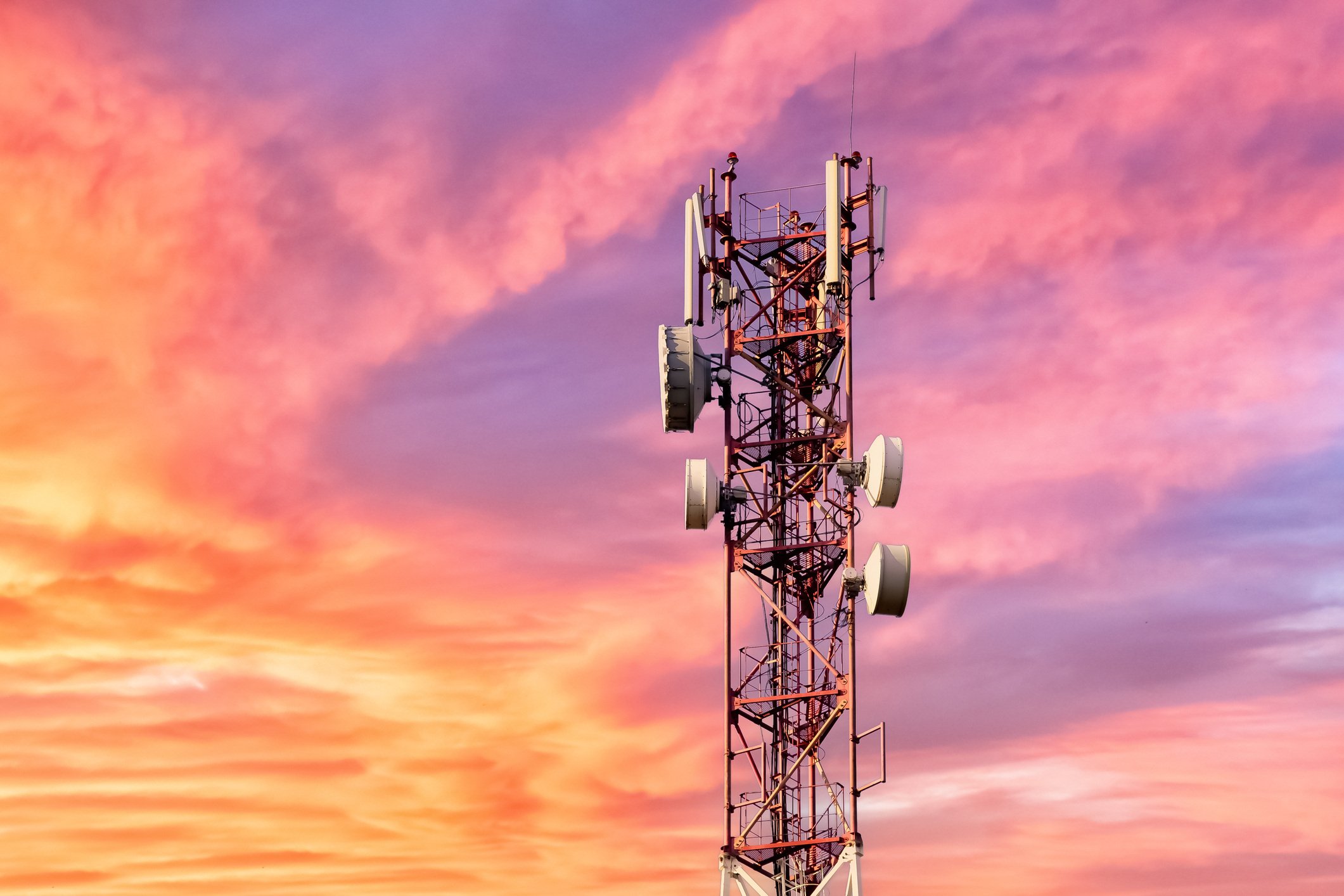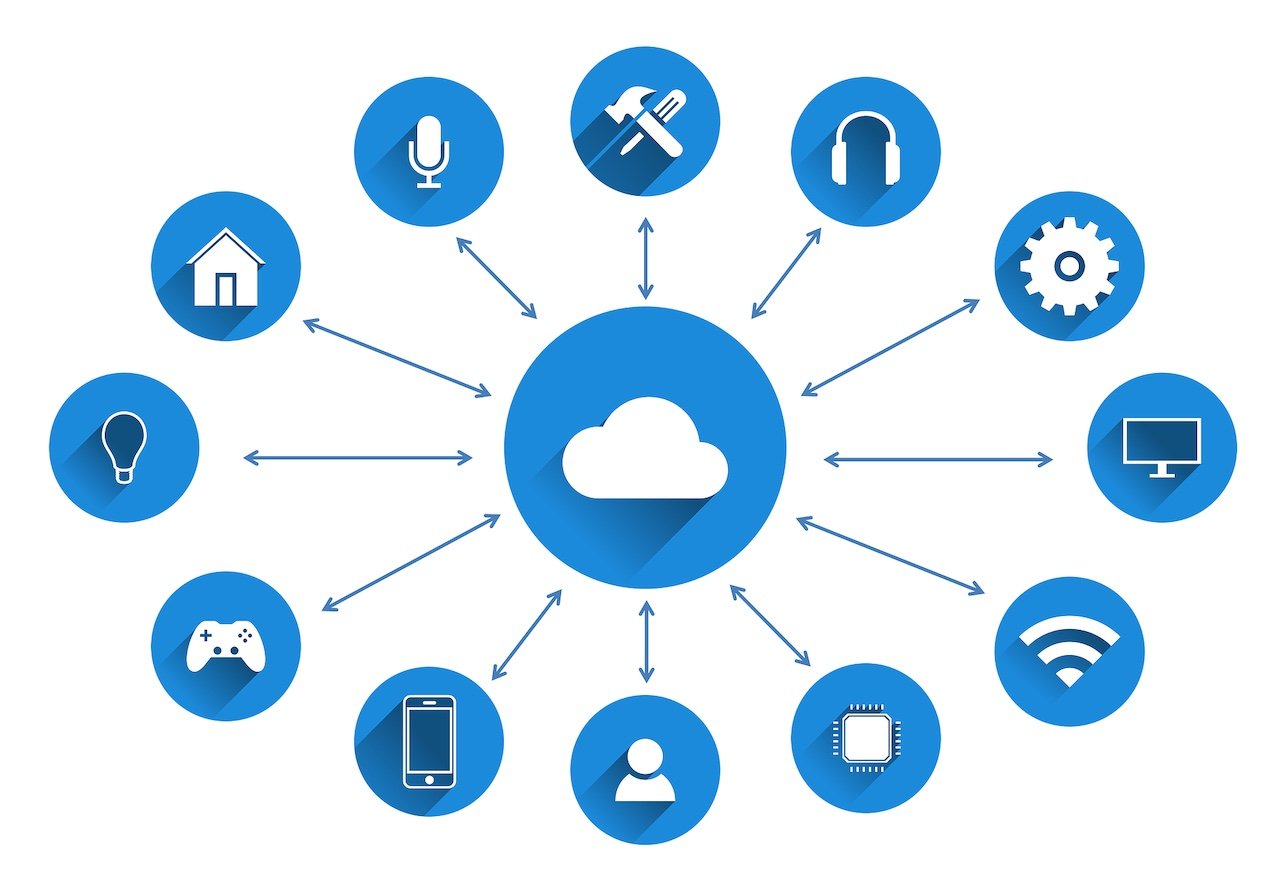
- April 2025 (1)
- March 2025 (2)
- February 2025 (1)
- December 2024 (2)
- November 2024 (2)
- August 2024 (2)
- June 2024 (3)
- May 2024 (3)
- April 2024 (1)
- March 2024 (3)
- February 2024 (2)
- January 2024 (2)
- December 2023 (1)
- November 2023 (2)
- October 2023 (2)
- September 2023 (1)
- August 2023 (1)
- July 2023 (2)
- June 2023 (3)
- May 2023 (2)
- April 2023 (1)
- March 2023 (4)
- February 2023 (1)
- January 2023 (2)
- November 2022 (2)
- October 2022 (1)
- September 2022 (1)
- August 2022 (2)
- July 2022 (2)
- June 2022 (2)
- May 2022 (1)
- April 2022 (3)
- March 2022 (1)
- February 2022 (3)
- January 2022 (2)
- December 2021 (1)
- November 2021 (1)
- October 2021 (2)
- September 2021 (3)
- August 2021 (1)
- July 2021 (4)
- June 2021 (1)
- May 2021 (2)
- April 2021 (2)
- March 2021 (2)
- February 2021 (3)
- January 2021 (3)
- December 2020 (1)
- October 2020 (1)
- August 2020 (1)
- August 2019 (1)
- January 2019 (2)
- September 2018 (5)
- June 2018 (1)
- November 2017 (1)
- September 2017 (1)
- July 2017 (1)
- May 2017 (1)
- January 2017 (1)
- October 2016 (2)
- August 2016 (1)
- July 2016 (1)
- June 2016 (1)
Subscribe by email
The most compelling new "smart" products are those that align monetization and business models with the value being brought to customers.
We've seen examples of this time and time again over the last 10+ years of helping our clients and partners develop IoT solutions.
The first step to aligning your business model with customer value is to be sure you understand your customer - what drives them and what motivates them, what their challenges are and how your products can help them address those challenges or generally improve their lives.
Understanding the use case can make all the difference as well. For example, some medical devices designed to help improve medication adherence might be best suited for a lease type of model, where patients that value their independence (like aging baby boomers) could use their devices to remind themselves to take their prescribed medications on time - without requiring prohibitive upfront investments.
For customers (in this case the patients and their caregivers), this helps them focus on the value they're getting from the device while enabling the device manufacturer to offer their products to a larger segment of the population and not just a privileged few that can easily afford expensive medical devices.
Contrast this example with wireless outdoor trail cameras that hunters use for recreation. Hunting itself can be a fairly expensive sport due to the costs of equipment, and consumers are not fazed if premium equipment comes at a cost - so long as there is clear value in the product.
In cases like this, buyers are used to purchasing wireless products outright through retail channels, in store or online. The companies that sell these products not only need to think about the costs of manufacturing the physical product but the ongoing connectivity and cloud infrastructure costs that are included in offering a "view on-demand" experience. These ongoing costs can be controlled/managed by offering ongoing added-value services to customers like packs of thumbnail images that can be billed on a periodic or regular basis, or purely based on usage.
Most hunters don't live right on the land they use for hunting, so avoiding the 45+ minute drive (and cost of gas) to get to the wilderness is quite valuable. Companies that have a deep understanding of their customers like this can proactively think of solutions and offer this level of value to customers - thus aligning their business models with the value the products bring to buyers.
A Broader Industry Trend
OEMs aren't the only ones thinking about this topic, either.
Cellular carriers like AT&T and Vodafone have recently highlighted their efforts to make their services more compelling to a wider market and even go so far as to think of entirely new models like outcome-based pricing.
These creative carrier pricing models do help to an extent by lowering the connectivity costs that device manufacturers incur when offering IoT solutions, but this is only one half of the equation and only addresses connectivity-based costs. Infrastructure (like cloud services) and its associated costs will continue to be a core component of IoT offerings, so OEMs still need to monetize their solutions in smart ways and offer cost-effective, valuable services to end customers, thus converting them from one-time or periodic customers into engaged, ongoing subscribers.
Building Out a Value-Based Model
As an IoT device manufacturer, the first question to ask yourself is "what is the clear value I'm providing?" The second question is "how much would my customers be willing to pay for this value?"
Savvy customers now understand that they are paying for the value they receive, not the product itself. As the seller of your product, you should be thinking this way as well.
The third consideration needs to be the cost of providing that value and how you can make sure that what you are offering to customers covers your basic costs - assuming of course that not every customer may decide to become a paying subscriber.
Once you've fleshed out these three concepts, you have the basic framework needed to build out an IoT solution centered around a value-based model.
The work doesn't stop there though, because you need to consider what happens if your solution is a hit and consumers purchase more than one device each.
Growing faster than you expected is a good problem to have, but additional complexities will come into play like how you manage billing for customers that have multiple devices, especially customers that didn't purchase all their devices at once. They don't want to receive dozens of bills on different days, they would rather have one bill that takes all of these staggered transactions into account. Even aspects like this play a role in the overall perceived value of your solution, so these are details you must keep in mind.
Finally, as more and more IoT solutions begin to leverage cellular technologies like LTE-M or NB-IoT, creative OEMs will think of additional value-adds like including a limited amount of cellular service in the upfront cost of the device to consumers. Bundling the first 30 days, 6 months or even a year of service is often a game changer in the eyes of customers, empowering them to start getting value out of solutions almost immediately.
Zipit's experience with these creative models has helped industry-leading companies deliver unparalleled experiences to customers and maintain an advantage over competitors. We've helped customers in various markets identify their IoT value propositions and launch customer-centric solutions for over a decade. If you are a device manufacturer and are looking for an experienced partner to ensure your solutions succeed, get in touch with us.
Related Content
The latest IoT insights and platform updates from Zipit.
IoT devices need flexible network technologies optimized for low-power application...
Deploying an IoT solution brings significant value to businesses, but it also intr...
The Internet of Things (IoT) has transformed industries by creating a network of i...



